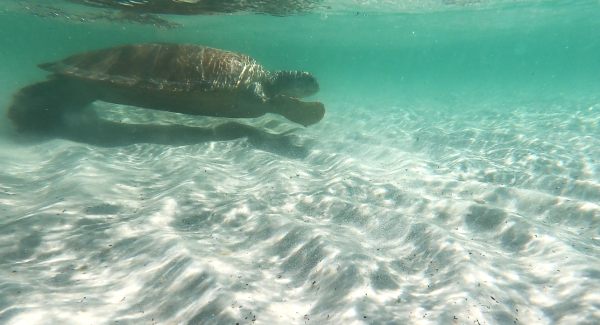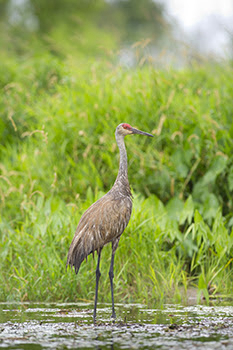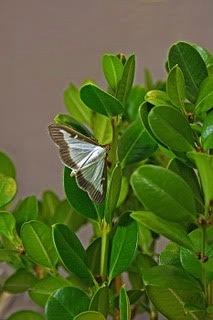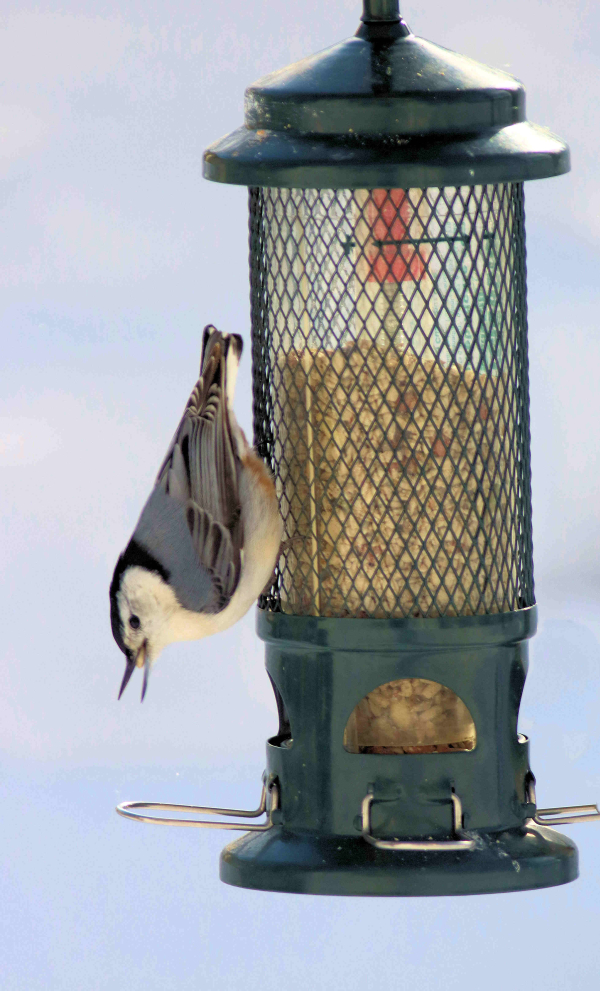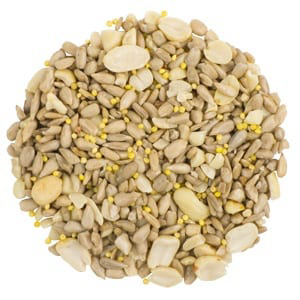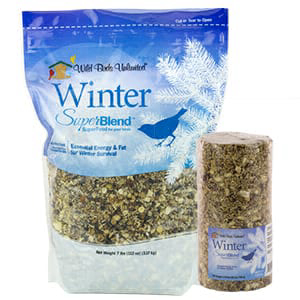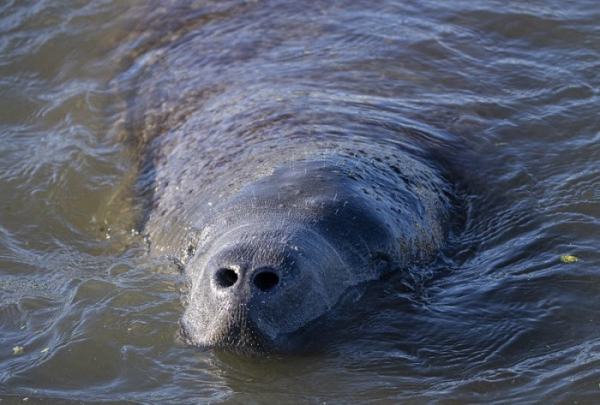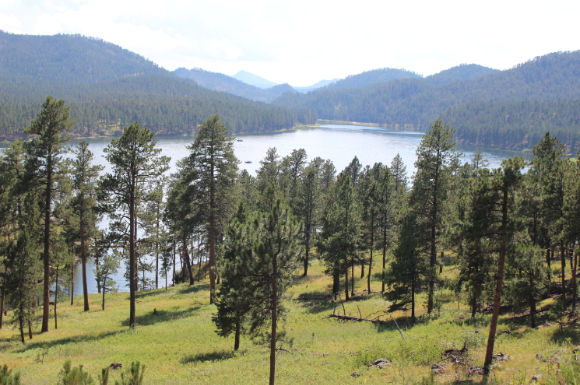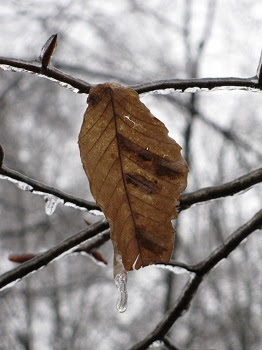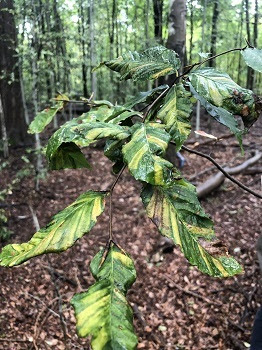The study estimates $2.4 to 5.9 million dollars in lost revenue for the Michigan portion of Lake Erie alone. On average, anglers said they canceled five trips in 2019 due to HABs.
Anglers cited potential negative health effects, inability to consume fish and boat or equipment damage as reasons the algal blooms have kept them away. Two-thirds said they decided not to fish at least once in 2019 because of HABs.
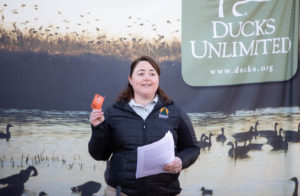
MUCC Executive Director, Amy Trotter, addresses members of the media and fellow stakeholders about harmful algal blooms and the impact it has on Lake Erie as well as Michigan’s anglers on Oct. 27, 2022.
The study, commissioned by Michigan United Conservation Clubs (MUCC) and undertaken by Michigan State University researchers with support from the C.S. Mott Foundation and private donations, aims to understand what impacts blooms are having on recreational anglers, fishing activity and their economic impacts, said Amy Trotter, MUCC executive director. Read more


